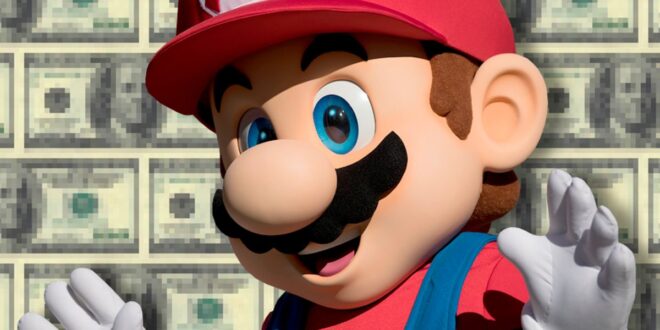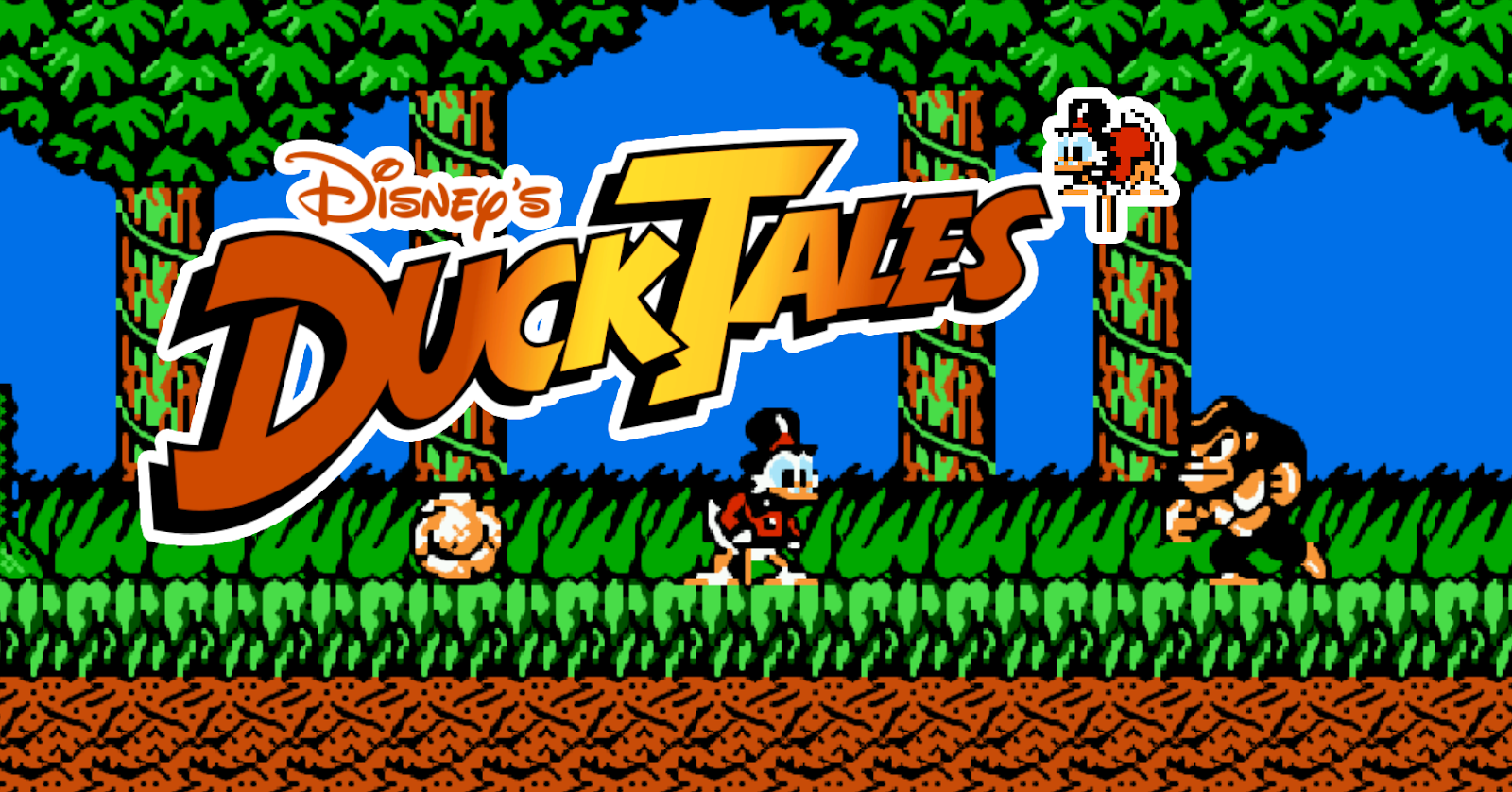The Iron Grip of Nintendo: A Retro Rant on Gaming’s Lost Potential
Let’s wind the clocks back to the 1980s – the era of neon, synth-pop, and the rise of the home video game console. Among the giants of the time, Nintendo’s NES (Nintendo Entertainment System) stood as the colossus, dominating living rooms across the globe. But behind the scenes of this pixelated revolution was a darker tale, one that involved Nintendo’s stranglehold on developers and how it stifled the blossoming diversity of our beloved gaming landscape.
Back in those days, Nintendo wasn’t just the name behind some of our most cherished adventures; it was the gatekeeper, the overlord, the capo di tutti capi of the video game industry. With the NES firmly positioned as the console of choice, Nintendo implemented a draconian policy: if you developed games for the competition – namely, Sega’s Master System or the then-emerging Genesis – you could kiss your chances of publishing games for the NES goodbye.
This was more than just corporate chest-thumping; it was an ultimatum that could make or break a game developer. Nintendo held such sway in the market that not being able to publish for the NES was like being banished from the kingdom – a fate worse than a Game Over screen.
What could of been
Let’s envision a world where third-party developers fully embraced the SEGA Master System, bringing some of their most popular franchises and creating unique titles for the platform. It could of been this good, and the Master System was a tech marvel in comparison to the NES.
SEGA Master System:
- “DuckTales: The Quest for Gold”: Capcom, riding high on the success of DuckTales for the NES, decides to create a Master System-exclusive adventure. Scrooge McDuck’s sprite is more detailed on the Master System, and the game features richer backgrounds and smoother scrolling. The 8-bit chiptunes take full advantage of the Master System’s sound capabilities, offering a memorable and catchy soundtrack.
- “Mega Man: Dr. Wily’s Revenge”: Capcom again capitalizes on the Master System’s hardware with an exclusive Mega Man title. The game offers bright, vibrant colors and less flicker than seen on the NES, providing a crisp and visually appealing platforming experience. With the added bonus of slightly higher resolution, level designs are more intricate, and boss battles are more dynamic.
- “Final Fantasy: Legacy of the Crystals”: Square, wanting to expand its audience in the West, launches a Master System version of Final Fantasy. This version includes an expanded story, additional side quests, and uses the Master System’s superior color palette to bring the world of Final Fantasy to life in ways the NES simply couldn’t.
- “River City Ransom: Gangs of SEGA City”: Technōs Japan brings its cult classic beat ’em up to the Master System, with more on-screen enemies and less slowdown due to the system’s better handling of sprite flicker. The game features an expanded arsenal of moves and weapons, and a unique feature that takes advantage of the Master System’s card slot for saving game progress.
- “Teenage Mutant Ninja Turtles: The Shredder Strikes Back”: Konami decides to release a new TMNT game on the Master System, offering enhanced graphics and a dedicated two-player mode where each player can choose their favorite turtle. The game boasts larger character sprites, more varied enemy designs, and a unique soundtrack that pushes the Master System’s audio capabilities to the limit.
By taking advantage of the Master System’s technical strengths, such as its larger color palette and slightly more powerful hardware compared to the NES, these games would have provided a rich gaming experience for Master System owners. Moreover, this could have helped the Master System to be more competitive in markets dominated by Nintendo, such as North America and Japan, potentially altering the course of gaming history.
But I digress….
The Hidden Cost of Control
But what did Nintendo Draconian policies mean for gaming as a whole? In a word: limitation. At a time when creativity should have been exploding like pixels from a Mario firework, Nintendo’s policies constricted the flow of innovation. Developers, especially smaller studios, were often forced to choose sides in a battle where neutrality wasn’t an option.
Imagine the games that never were – the unique titles that could’ve graced the Master System or Genesis but were shelved in fear of Nintendo’s wrath. Consider the cross-pollination of ideas that never occurred because developers were too busy walking on eggshells instead of pushing boundaries across platforms.
A Monopoly of Imagination?
It wasn’t just about what games were or weren’t made. It was about the culture of fear that permeated the industry. Nintendo’s stronghold over developers didn’t just kill potential games; it killed the very spirit that makes gaming so special – the spirit of wild, untamed creativity. Gaming, at its best, is an art form, a canvas of electronic expression. But under Nintendo’s watchful eye, that canvas was restricted, and the palette was limited.
The NES was a beacon of joy for many of us, a symbol of childhood wonder and pixelated dreams. But behind the curtain of nostalgia lies a shadow – a world where Sega’s cries for competition were met not with the thrill of the fight but with the chill of exclusion.
FTC Smackdown
Nintendo’s policies eventually drew the attention of regulatory bodies. In 1991, the Federal Trade Commission (FTC) began an inquiry into whether Nintendo’s practices were anti-competitive. This led to Nintendo agreeing to change some of its policies, including no longer requiring exclusivity from third-party developers.
After the Federal Trade Commission (FTC) started investigating Nintendo’s business practices in the early 1990s, Nintendo agreed to make several changes to address concerns about anti-competitive behavior. The inquiry and subsequent settlement led to the following key changes in Nintendo’s policies:
- Ending the Exclusivity Requirement: One of the primary outcomes was that Nintendo agreed to drop the provision that prevented third-party developers from creating versions of their games for competing consoles. This allowed developers to expand their market reach and consumers to enjoy a wider variety of games on different systems.
- Price Fixing Settlement: Nintendo was accused of price-fixing, artificially keeping prices of games and consoles high. They agreed to issue millions of dollars in coupons to consumers who had purchased NES hardware or software, which could be used towards future purchases of Nintendo products.
- Cartridge Production Policies: Nintendo also revised its policies regarding the control over the production of cartridges. They no longer required third-party developers to purchase cartridges exclusively from Nintendo, allowing them to seek other manufacturing options and potentially reduce costs.
- Marketing and Repair Practices: The FTC’s inquiry also looked into Nintendo’s marketing and repair practices, which led to changes ensuring better service for customers and fairer competition in the marketplace.
These changes were significant because they helped to level the playing field for Nintendo’s competitors. By allowing third-party developers the freedom to publish their games on multiple platforms, it not only encouraged innovation and competition within the industry but also provided consumers with more choices.
Other legal battles for Nintendo
Nintendo faced several legal challenges related to its business practices after the can of worms was opened. These challenges came from various sources, including direct competitors, third-party developers, and government regulatory bodies. Some of the notable legal challenges and actions taken against Nintendo included:
- Price-Fixing Allegations: Nintendo was accused of price-fixing, as it was alleged that the company had colluded with retailers to maintain artificially high prices for NES games and consoles. A class-action lawsuit was filed against Nintendo, which led to a settlement where Nintendo provided $25 million in consumer discounts on games and established a fund for affected consumers.
- Tengen Lawsuit: Tengen, a video game publisher and subsidiary of Atari Games, sued Nintendo in 1988 over antitrust violations. Tengen alleged that Nintendo’s practices, including the lockout chip technology and restrictive licensing agreements, were monopolistic and harmed competition. Tengen also bypassed the NES lockout chip to publish games without Nintendo’s authorization, leading to a counter-lawsuit from Nintendo for copyright infringement.
- European Commission Investigation: In the 1990s, the European Commission investigated Nintendo and its distributors across Europe for possible antitrust violations. The allegations included price-fixing and restricting cross-border sales of video games, which would violate European Union rules on free trade and competition within the single market.
The Tides of Change
These changes helped create a more level playing field for Nintendo’s competitors, which in turn led to a more vibrant and competitive market. The increased competition spurred innovation, with console manufacturers and game developers striving to offer unique features, better graphics, more engaging gameplay, and overall improved value to attract consumers.
The resulting landscape saw the rise of Sega’s Genesis/Mega Drive as a formidable competitor in the 16-bit era, and later the entry of Sony’s PlayStation and Microsoft’s Xbox into the market. With these new players, the industry saw rapid growth, and the video game market expanded to include a wider demographic, leading to the rich and diverse gaming ecosystem that exists today.
Thankfully, the industry has come a long way since then. The iron grip has loosened, and the gaming world has swelled into a multiverse of platforms, ideas, and innovations. Today’s gamers revel in a reality where developers frequently release titles across multiple systems, fostering an ecosystem rich with variety and competition.
But let’s not forget the lessons of the past. As we celebrate the freedom of modern gaming, let’s remember the cost of control and the value of an open, competitive market. The NES era was a golden age for gaming in many ways, but it was also a cautionary tale of what can happen when one company holds too much power.
In Conclusion
As we bask in the glow of today’s gaming utopia, let’s take a moment to mourn the lost games of yesteryear, victims of a war they never asked to fight. And let’s stand vigilant, ensuring that the industry we love never returns to the days when creativity was a pawn in a much larger game of corporate chess.
Nintendo, we love you, but we’ll never forget the shadow you cast in those early days. You stifled greatness for a few extra Yen. Here’s to a brighter, more inclusive future for all in the world of gaming.
 Retro-Replay.com Retro gaming reviews, news, emulation, geek stuff and more!
Retro-Replay.com Retro gaming reviews, news, emulation, geek stuff and more!






